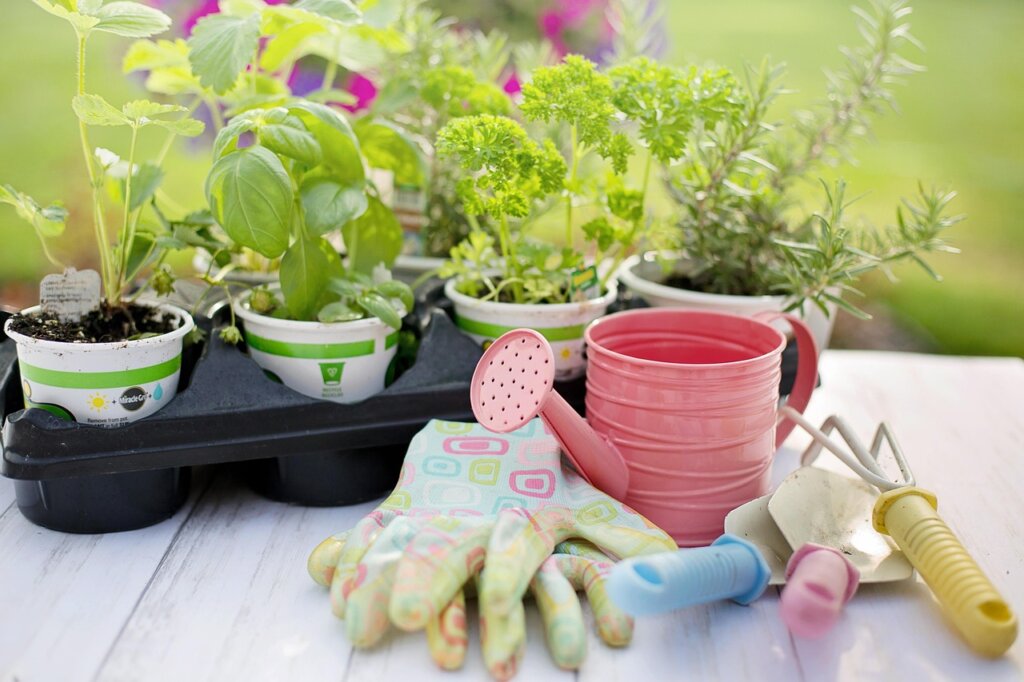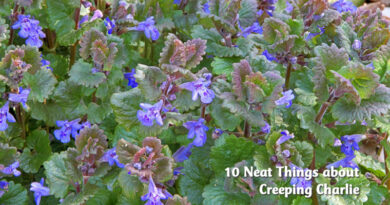Get digging! 10 neat things about planting tools
Whether you’re planting petunias, peas or peonies, the right tool can make all the difference. From old favourites like the trowel to clever inventions like seed spacers and drill-powered augers, these tools can save your back, speed up your work, and help your garden flourish. Here are 10 planting tools that every gardener should know—and might just fall in love with.
1. The humble trowel.
Every gardener starts somewhere, and more often than not, it’s with a trusty trowel. This small hand tool is indispensable for digging holes, transplanting seedlings, dividing perennials, and scooping compost. Look for one with a solid stainless steel blade that won’t bend in clay or rocky soil. A comfortable, grippy handle—preferably contoured or rubber-coated—makes all the difference during long planting sessions. It’s simple, but it gets the job done again and again.

2. Dibbers make the job neater.
Also known as dibbles or dibblers, these pointed planting sticks help create uniform holes for seeds, seedlings, and small bulbs. They’re particularly helpful when sowing in trays or planting garlic and onions, where even depth leads to more consistent growth. Wooden models have a classic feel, while metal or plastic versions often come with measurements etched or printed along the shaft. It’s a tool of precision in a sometimes messy process.

3. Hori-hori: the Japanese soil knife.
Part knife, part trowel, part saw—the hori-hori is a multitasker that’s earned cult status among seasoned gardeners. Originally a traditional Japanese tool, its serrated edge slices through tough roots and compact soil, while the curved blade acts like a scoop for digging and planting. Some models even include a ruler on the blade for measuring planting depth. If you’re looking to invest in one high-quality tool that can do nearly everything, this might be it.
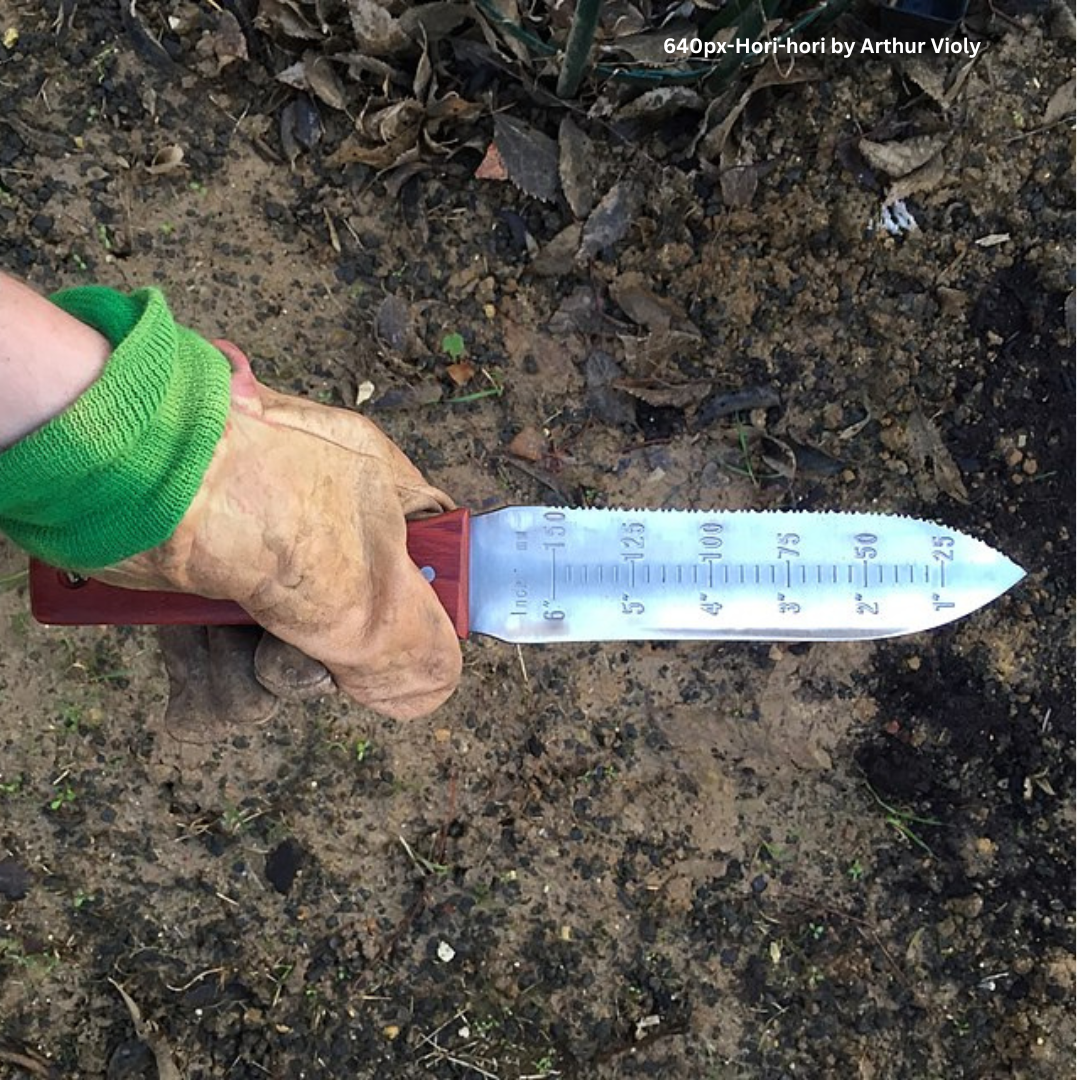
4. Bulb planters take the pain out.
If you’ve ever spent hours planting tulips or daffodils on your knees with a hand trowel, you’ll appreciate the simplicity of a bulb planter. These cylindrical tools remove a core of soil, creating a perfect hole for each bulb. Drop the bulb in, pop the soil plug back on top, and move to the next. Long-handled versions let you plant standing up, saving your back and knees in the process. For gardeners with big bulb ambitions, this tool is a back-saver.

5. Trowel with teeth.
For gardeners dealing with dense roots, stubborn weeds, or packed soil, a trowel with a serrated edge adds extra bite. These versatile hand tools have one straight edge for scooping and one jagged side for slicing through roots, cutting twine, or even opening bags of soil. They’re a hybrid between a traditional trowel and a hori-hori knife, offering more utility without adding bulk to your tool belt. Some models even include depth markings for precise planting. If you find yourself struggling to cut through matted soil or turf, this is a small upgrade that makes a big difference.
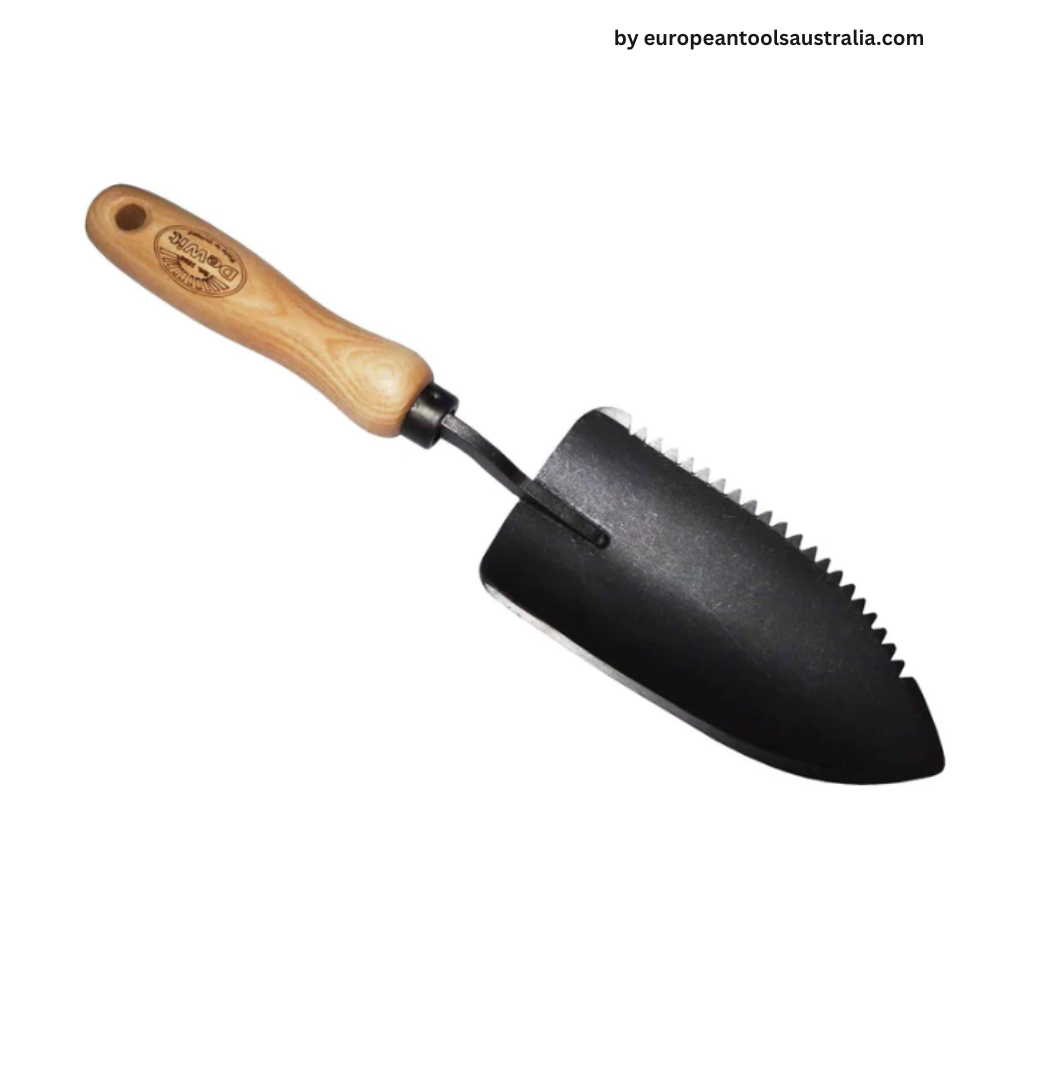
6. Planting augers.
Attach one of these spiral-shaped augers to your cordless drill and suddenly you’ve got superpowers. They churn through soil quickly and efficiently, making them ideal for planting dozens (or hundreds) of bulbs, annuals, or small perennials. Augers come in different diameters and lengths, depending on what you’re planting. In heavy or stony soil, they can also help loosen the ground before hand planting. Just be sure to keep a firm grip on the drill!

7. Knee pads and garden seats.
Planting isn’t just about what you put in the ground—it’s also about taking care of yourself while you do it. Foam-padded kneelers, knee pads, and foldable garden seats make planting more comfortable and prevent long-term wear on your joints. Some kneeler-benches even flip to become a handy seat, while others include side pockets for storing tools. They may not dig or plant, but they definitely earn their place on the list.
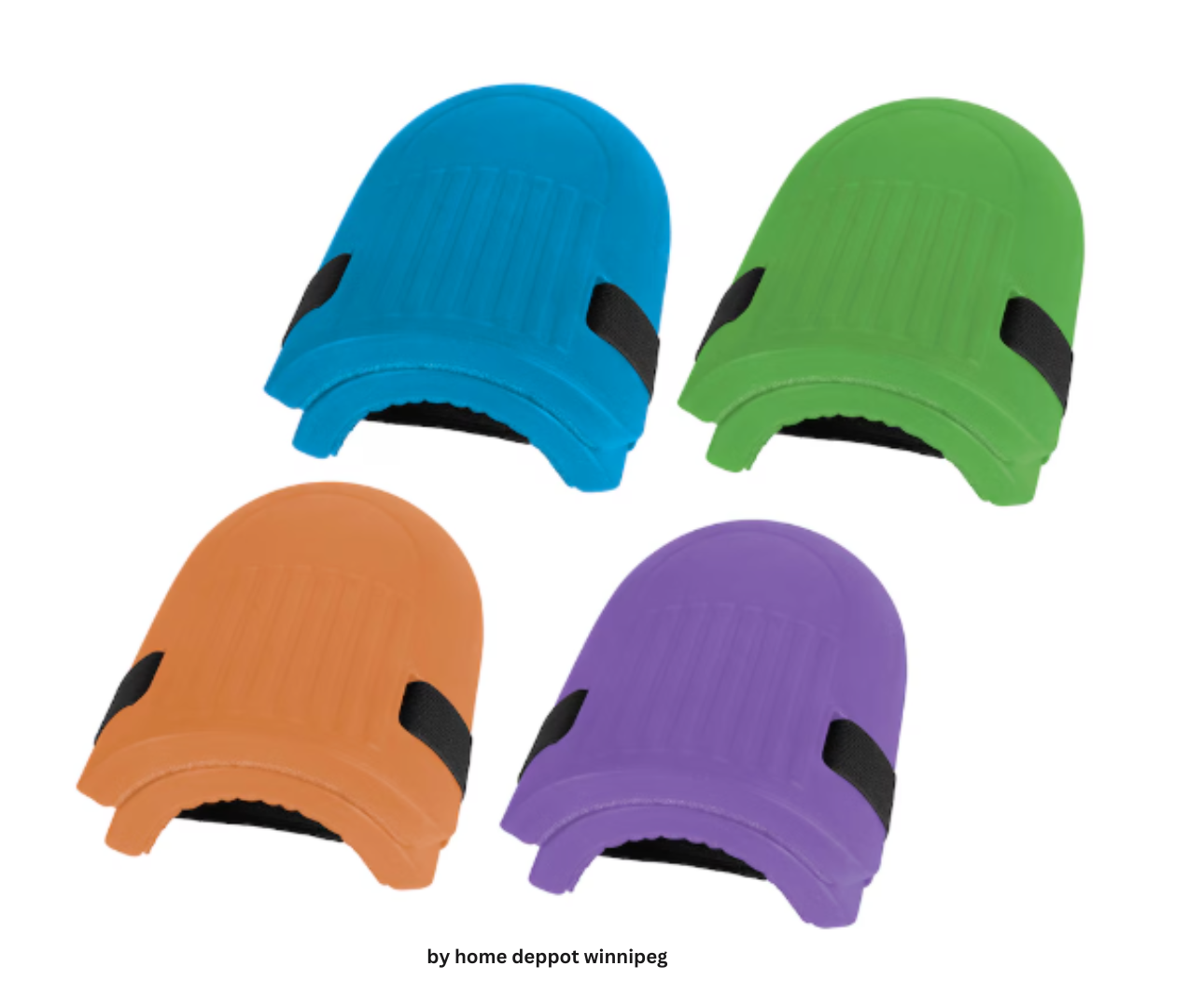
8. Row markers and seed spacers.
Precision planting isn’t just for farmers. Whether you’re growing carrots, beans, or bedding plants, a few simple marking tools can help you keep everything tidy. Wooden dowels and string make a classic guide, but modern options include rolling seed spacers, peg boards for square-foot gardening, or even laser-cut planting templates. These tools help you get consistent spacing, which promotes easier breathing for your OCD self.

9. Watering tools that help roots settle.
Once you’ve planted, it’s critical to water properlyand not just a splash on top. Watering wands with long necks help you direct a gentle flow right at the base of new plants. For deeper watering, a root irrigator or watering spike can deliver moisture straight into the root zone where it’s needed most. This not only reduces transplant shock but encourages stronger, deeper roots. Plus, it saves water compared to overhead sprinkling.

10. Your hands.
Sometimes, the most intuitive planting tool is your own hand. It can feel the texture and moisture of the soil, cradle delicate roots without breaking them, and gently tuck seeds into place. Bare-handed planting allows for a closeness to the earth that many gardeners (but not me!) cherish. Just don’t forget to use gloves when dealing with thorny plants, clay soil, or long sessions. Whether gloved or bare, your hands are still your most adaptable tools.




